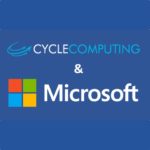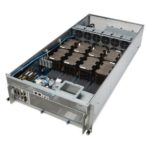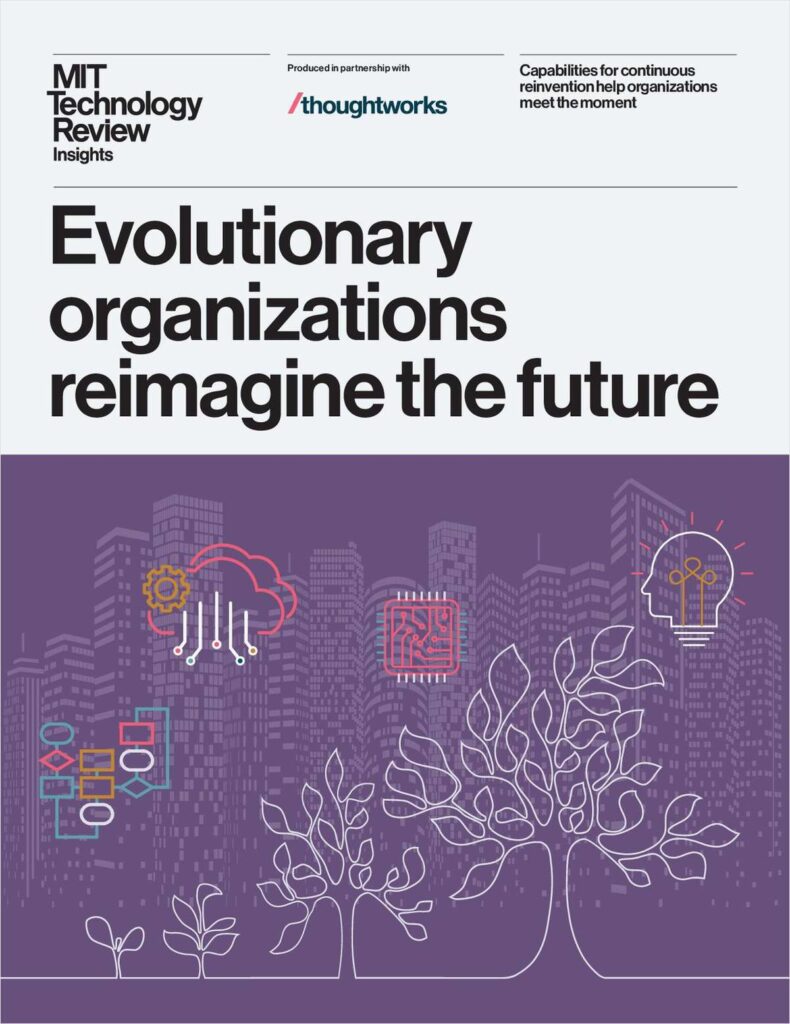Today Cray announced a partnership with Microsoft to offer dedicated Cray supercomputing systems in Microsoft Azure. Under the partnership agreement, Microsoft and Cray will jointly engage with customers to offer dedicated Cray supercomputing systems in Microsoft Azure datacenters to enable customers to run AI, advanced analytics, and modeling and simulation workloads at unprecedented scale, seamlessly connected to the Azure cloud.
Radio Free HPC Looks at Eclipse Simulations
In this podcast, the Radio Free HPC team discusses the eclipse and how researchers are using supercomputers to simulate the corona of the sun at eclipse time. After that, look at the the top Technology stories in our Catch of the Week:
Video: Deep Learning on Azure with GPUs
In this video, you’ll learn how to start submitting deep neural network (DNN) training jobs in Azure by using Azure Batch to schedule the jobs to your GPU compute clusters. “Previously, few people had access to the computing power for these scenarios. With Azure Batch, that power is available to you when you need it.”
Microsoft Acquires Cycle Computing
Today Microsoft announced it has acquired Cycle Computing, a software company focused on making cloud computing resources more readily available for HPC workloads. “Now supporting InfiniBand and accelerated GPU computing, Microsoft Azure looks to be a perfect home for Cycle Computing, which started its journey with software for aggregating compute resources at AWS. The company later added similar capabilities for Azure and Google Cloud.”
Bright Computing Steps up with Cloud Bursting to Azure at ISC 2017
In this video from ISC 2017, Bill Wagner from Bright Computing describes the company’s new capabilities for Cloud Bursting to Microsoft Azure. “Cloud bursting from an on-premises cluster to Microsoft Azure offers companies an efficient, cost-effective, secure and flexible way to add additional resources to their HPC infrastructure. Bright’s integration with Azure also gives our clients the ability to build an entire off-premises cluster for compute-intensive workloads in the Azure cloud platform.”
How Intel FPGAs Power Azure Deep Learning
Microsoft Azure CTO Mark Russinovich recently disclosed major advances in Microsoft’s hyperscale deployment of Intel field programmable gate arrays (FPGAs). These advances have resulted in the industry’s fastest public cloud network, and new technology for acceleration of Deep Neural Networks (DNNs) that replicate “thinking” in a manner that’s conceptually similar to that of the human brain.
Radio Free HPC Looks at Azure’s Move to GPUs and OCP for Deep Learning
In this podcast, the Radio Free HPC team looks at a set of IT and Science stories. Microsoft Azure is making a big move to GPUs and the OCP Platform as part of their Project Olympus. Meanwhile, Huawei is gaining market share in the server market and IBM is bringing storage to the atomic level.
Interview: XTREME DESIGN Automates HPC Cloud Configurations
Tokyo-based Startup XTREME DESIGN recently announced it has raised $700K of funding in its pre-series A round. Launched in early 2015, the Startup’s XTREME DNA software automates the process of configuring, deploying, and monitoring virtual supercomputers on public clouds. To learn more, we caught up with the company’s founder, Naoki Shibata.
Nvidia Brings AI to the Cloud with the HGX-1 Hyperscale GPU Accelerator
Today, Microsoft, NVIDIA, and Ingrasys announced a new industry standard design to accelerate Artificial Intelligence in the next generation cloud. “Powered by eight NVIDIA Tesla P100 GPUs in each chassis, HGX-1 features an innovative switching design based on NVIDIA NVLink interconnect technology and the PCIe standard, enabling a CPU to dynamically connect to any number of GPUs. This allows cloud service providers that standardize on the HGX-1 infrastructure to offer customers a range of CPU and GPU machine instance configurations.”
Supercomputing the Hyperloop on Azure
Today Cycle Computing announced that the HyperXite team is using CycleCloud software to manage Hyperloop simulations using ANSYS Fluent on the Azure Cloud. “Our mission is optimize and economize the transportation of the future and Cycle Computing has made that endeavor so much easier, said Nima Mohseni, Simulation Lead, HyperXite. “We absolutely require a solution that can compress and condense our timeline while providing the powerful computational results we require. Thank you to Cycle Computing for making a significant difference in our ability to complete our work.”












